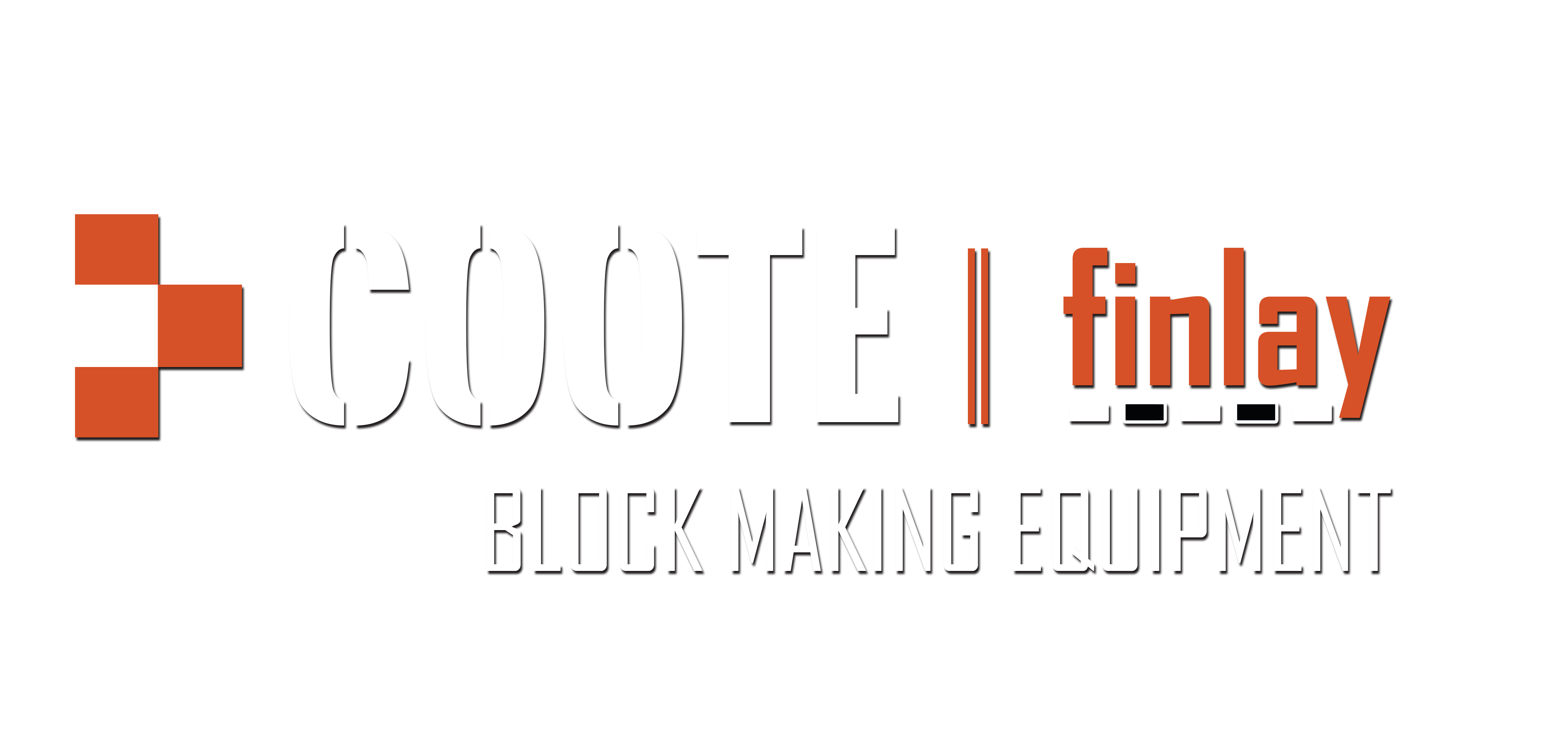Top 5 tips for Block Making Machine Maintenance
Posted On: July 27, 2022
With all machinery, especially block making machinery, regular maintenance is needed to ensure the longest possible life and ROI from your machine. Conversely, poorly maintained large machinery equipment runs inefficiently. Breakdowns are costly and safety is also an important consideration.
Here are Coote Finlay’s top 5 tips on how to best maintain your block making equipment and machinery.
- Keeping up with training
Training is a big part of any organisation today. Providing training not only educates employees on how they can best use machinery and keep safe, but also provides the knowledge on how to get the most out of machinery.
Employees may come and go, skills become rusty and poor operation leads to breakdowns. With new employee’s, it can be easy to neglect training. A system should ideally be put in place to ensure these training procedures are implemented for new employees as well as reoccurring over certain time periods for current employees.
- Have a maintenance and repair schedule
Having a maintenance schedule reduces the risk of breakdowns through a reoccurring schedule or keeping all parts in working order. With block machines there are several specific aspects that should be checked to ensure not only a long life but maintaining efficiency.
- Checking mould and mould box vibrators
- Checking all grease points
- Checking anti vibration mounts are all in working order
- Checking feed tray scrapers are continually adjusted to avoid excess spillage
- Checking sensors are kept in clean and working order
- Keeping machinery clean
With block making machines often being out working at quarries and in dirty conditions, this can have a negative impact on not only the appearance of the machine but the parts it uses. Cleaning things like sensors and grease points is a must to make sure the machine operates to its highest efficiency. Having dirty sensors can cause machines to continue within its cycle without material or cause dozens of other problems.
Large machinery should be stored in a shed or other building if at all possible. Exposure to wind and weather can lead to rust and rot. The machinery should be run periodically if it is not in use.

- Daily greasing
Performing daily greasing is a must when working with block making machinery which does not have the auto lube feature. Lubricants reduce friction around any moving part. A schedule of good lubrication maintenance extends the life of large machinery equipment and parts. Lubrication is one of the first and most important of maintenance checks. Be sure to use the right lubricant. There are specific kinds of oil and grease for every component. Check the manufacturer’s recommendations.
Getting the lubricants checked is a good way to diagnose problems with large machinery. Experts analyse particles in the used oil. The makeup of any contaminants will indicate which part may be suffering from wear or breakdown.
- Replace parts when needed
With equipment that is being used a lot, smaller parts will wear and need replacing to keep it running to the best of its ability. It is best to change them as soon as they need replacing, as this will often prevent damage or wear to other parts. It’s good to keep a small stock of popular parts that you use of a lot of, so you have them to hand to prevent equipment down-time.
To conclude, following the above 5 steps can significantly extend the useful life of heavy machinery, improving the Return on Investment from these important purchases.


 +44 (0)28 8556 8123
+44 (0)28 8556 8123  info@cootefinlay.com
info@cootefinlay.com